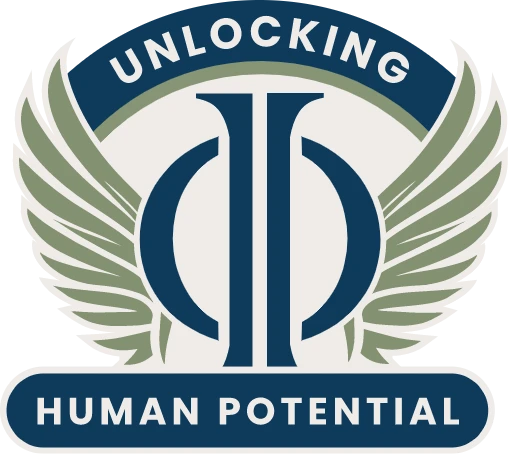The world of business is not only a place to create wealth—it’s also an arena for self-discovery. Early in my career, I had the opportunity to utilize a range of tools that helped me understand my strengths, mental models, and ways of relating to others. Later, I learned from diverse leadership approaches that reshaped my perspective on growth.
One of these frameworks categorizes leadership responsibilities into three areas: strategy, execution, and people leadership, the last of which encompasses topics such as culture, values, and talent development. At the heart of this model was a thought-provoking insight: most leaders are naturally strong in one or two of these domains. Very few excel in all three.
As I saw it, developing in one area often came at the expense of another. For example, strategy demands broad, long-term thinking, but execution calls for detail and decisiveness in the present moment. The more we lean into one, the harder it can become to access the mindset of the other.
People leadership adds another layer of tension. It’s rooted in empathy, connection, and empowerment—qualities that don’t easily align with the logic-driven, results-focused nature of execution or the abstract framing of strategic thinking.
While these insights helped me work more effectively with leadership teams, they also sparked a deeper personal question: What would it take to grow in all three areas, even when they seem to pull in different directions?
That question guided my development throughout my years as an executive leader. I quickly realized that perfection in balancing these tensions wasn’t possible, but pursuing growth across conflicting dimensions can make a meaningful difference.
Over time, I came to think of this as the AND game: refusing to accept “either-or,” even when backed by data, and instead reaching for the AND—a practice of harmonizing the opposing forces both philosophically and practically.
This AND game extends far beyond leadership. It also applies to one of the most profound tensions we face: the one between our individual and collective existence. In our daily lives, “What’s in it for me?” quietly but persistently drives us. While natural, this mindset can distance us from deeper fulfillment. Yet, swinging too far in the opposite direction—neglecting personal needs for the sake of the collective—can’t work either. That path can slowly drain us of vitality and, in time, hinder our ability to contribute.
At a philosophical level, this tension invites us to wrestle with ideas of selfishness and altruism, meaning and legacy, fulfillment and love. The more we explore, the more we discover new layers of contradiction. That very exploration—so central to understanding life—is often buried beneath the pressures, challenges, and distractions we face every day.
Soulgery approaches these existential paradoxes not as forces that tear us apart, but as potential catalysts for growth. It invites us to play the AND game with them, in our own way—to harmonize the individual and the collective, the abstract and the tangible, the philosophical and the practical.
In Psychology and Alchemy (1944), Carl Jung wrote, “Wholeness is not achieved by cutting off a portion of one’s being, but by integration of the contraries.” One of the greatest acts of growth is learning to integrate what seems at odds—to engage tension not as a burden, but as a bridge toward wholeness.

